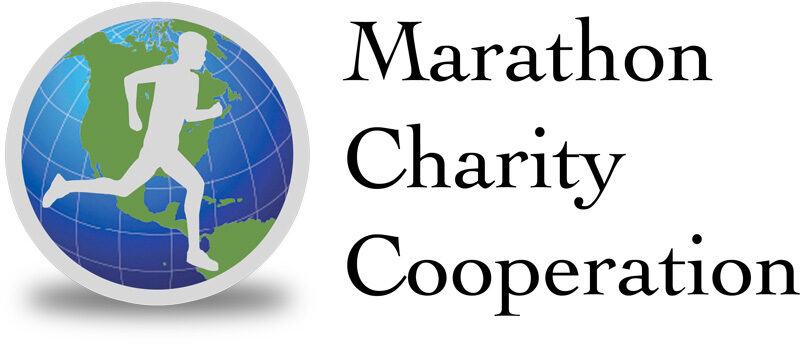By Ryan Schneider
“Just because you can, doesn’t mean you should.”
I heard those words from Sigma Human Performance founder Ben Stone echo in my head as I stargazed and ogled triathlon bikes prior to starting the recent Ironman 70.3 World Championships. That phrase can apply to so many aspects of triathlon training and racing, especially for me every time someone brings home-baked chocolate chip cookies into the office.
Yet in Henderson, Nev., I uttered it every time I saw someone’s bike frame taped with multiple gels and bars. Some of the fastest athletes in the world carried enough food on their bike to begin an epic adventure rather than embark upon a 2.5-hour ride. Is all that food necessary?
Not according to Stone. For the past several weeks, I’ve experimented with Stone’s nutritional principles since I hadn’t quite found the right nutrition strategy for me.
Call me a believer so far. I’ve altered my diet to include more non-starchy vegetables along with a honey-centric fuel strategy. At the heart of both approaches, though, is Stone’s overarching tri-pronged philosophy.
Simplicity
In my racing past, I’ve eaten just about every gel or bar on the market while cycling or running—seemingly with no consistency or reasoning behind my choices outside of sheer panic that I’ll bonk.
If I was hungry, I ate—a lot. If I was thirsty, I drank—unless I forgot until it was too late. Stone explained this is likely a big reason I was experiencing cramps or GI discomfort.
He uses a wood-chipping machine analogy to explain. If you picture a wood chipper, it can quickly annihilate twigs, branches and twigs, sometimes simultaneously if they’re small enough. But when you throw in a log or a stump, the machine grinds to a near-halt. The engine works harder, and more fuel is consumed.
You know where we’re going with this. Your stomach is a wood chipper, and often times eating that bar or full gel packet in the middle of your race isn’t propelling you forward, it’s grinding your stomach to a halt. Blood rushes to your stomach and not to your legs. And thus begins a chain reaction that ultimately slows you down.
Stone’s solution? It’s honey, which contains the purest form of glucose and fructose to keep your body running at its peak. Honey is actually feeding your brain with enough sugar to keep it happy, which in turn prevents your central nervous system from warning your body that it should slow down. Keep the brain happy, and the body will follow. Combine honey with water, which is easiest on your stomach’s gastric intake process, and Stone would maintain that you have all the nutrition you need to succeed on race day.
Stone told me the first thing people ask him when he espouses the sweet science of honey is, “What about electrolytes?”
The answer is that depending on the conditions and your nutritional balance, you don’t need that many.
“The body has its own remarkable system of checks and balances,” he said. “Let it do its thing.”
Stone added that every time you add dissolved electrolytes to pure water, you’re slowing down the gastric intake process.
The simpler you keep carbohydrate supplementation, the easier it is for your body to process the fuel. So while you may swear by eating a gel every 45 minutes and you’re not suffering gastric distress, that doesn’t necessarily mean you should maintain that strategy.
In Henderson, I literally didn’t consume an ounce of actual food besides honey, water and electrolyte drink. I never felt hungry, and while I did feel somewhat bloated on the first half of the run (Stone and registered dietician Katie Rhodes think I should pour a half-ounce less of honey in each gel flask container), I ran a personal-best on a hilly, humid course. That’s two consecutive Ironman 70.3 events achieving two of my best Ironman 70.3 runs, both following the honey-water plan. Obviously, Stone was not surprised.
“When people get hungry that’s psychosomatic,” he said. “Some people need (nutrition) with more texture and mouth-feel to be happy. If they can just get over that craving, they’re still getting 60 grams of carbohydrate per hour. I promise they’re going to be happier.”
Timing is Everything
Honey may be the best natural endurance nutrition source, but it’s not without some risk. Stone advises clients to take a sip of honey water between every 8 to 10 minutes on the bike and approximately every 15 minutes during a run, and that’s only after the first hour of activity.
Your natural glycogen stores, further powered by a well-timed pre-race meal, can handle the first hour. That’s where trusting your body comes into play. Consuming too much pure glucose and fructose can cause severe cramping and even vomiting.
Stone notes that trying to catch up on missed honey water intervals with more sips can be just as harmful. Keeping a consistent regimen is key. I’ve used my Garmin watch to set regular intervals for both bike and run courses.
So why don’t more people flock to Stone’s approach? Stone thinks there are two reasons. First, people are apprehensive to try something that doesn’t seem “normal.” The idea of eating less while still consuming the necessary calories and carbohydrate to complete an endurance event appears counterintuitive.
Second, the current training paradigm is that carbohydrate is needed in bulk, thanks to single-use gel packets that require the user to down all the contents at once.
“The only reason you take that (gel) pack all at once is that you can’t reseal it, which is why maltodextrin is a key ingredient,” Stone said. “But that gel doesn’t break down as purely as straight glucose or fructose.”
